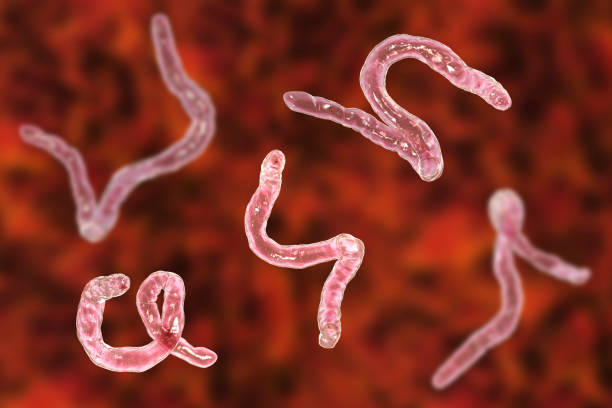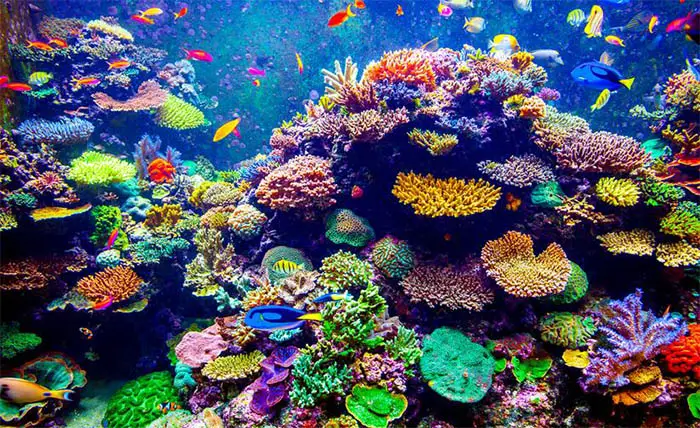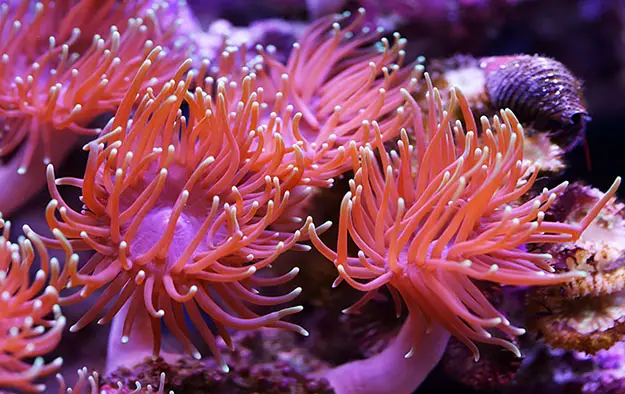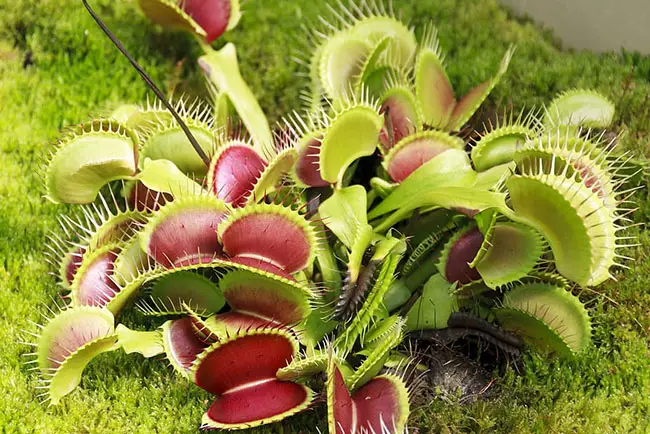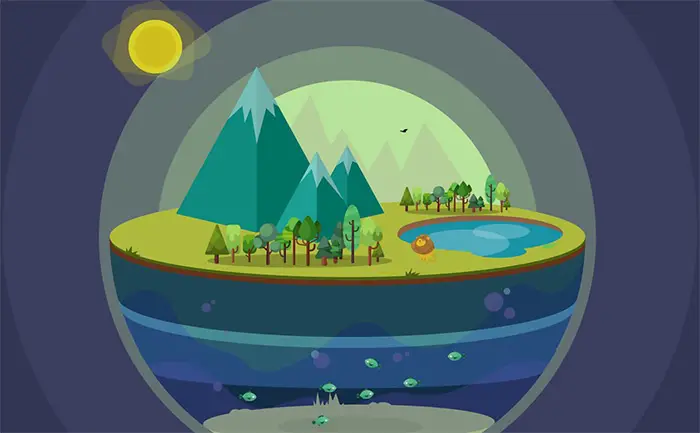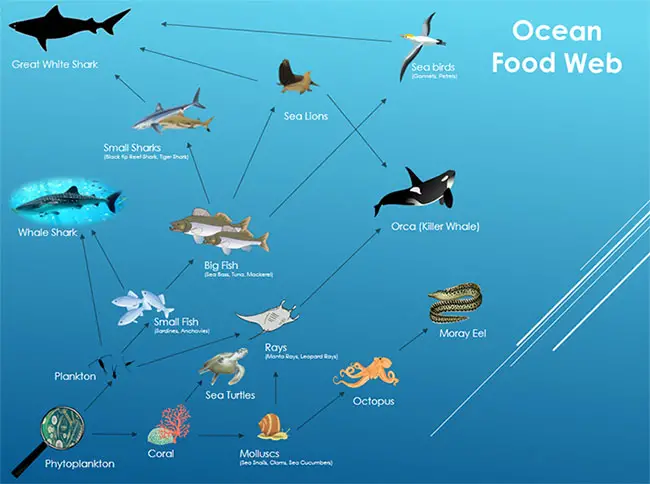Symbiosis is the relationship between two separate species living in close physical contact. Symbiosis, any of several living systems, including mutualism, commensalism, and parasitism, between representatives of two distinct organisms. Therefore, it contains both favorable (beneficial) and negative (unfavorable or harmful) relations. The participants are labeled as symbionts.
Symbiotic interactions are an important component of Ecosystems. In these relationships, different species of plants or animals that rely on one another for survival. They can share habitats or lifestyles, or interact in a particular way to benefit from another organism’s presence. Relationship between associates and their hosts can be described as mutualistic, commensal or parasitic. Both species profit from working together in a mutualistic partnership. Commensal species may not do damage to their hosts but profit from interacting with them. In reality, parasites feed off their host organism and hence inflict damage to the host.
A symbiosis is an established association or close living partnership between various species of organisms. Typically supporting one or both of the individuals concerned.
Symbioses may be ‘obligatory’ in which case the relationship among the two species is so interdependent that each organism is incompetent to survive without the other, or ‘optional’ in which the two species engage in a symbiotic partnership through choice, and can survive individually. Obligatory symbioses are frequently advanced over a long period of time, while facultative associations may be more modern, behavioral adaptations; facultative symbioses may develop into obligatory symbioses, given time.
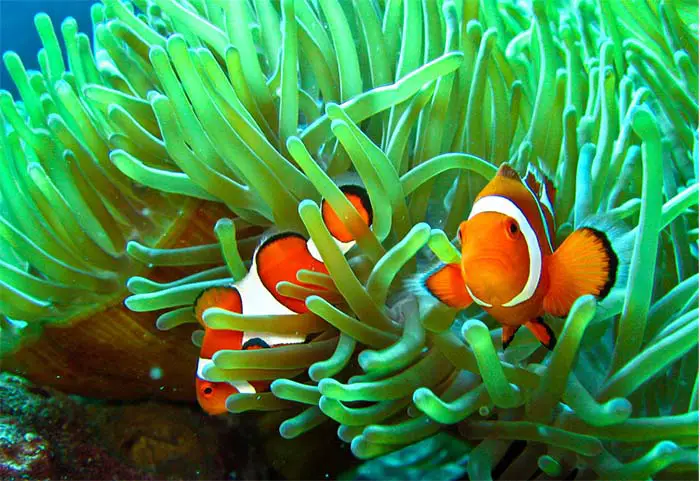
Endo symbiosis
Endosymbiosis is a symbiotic connection that happens when one of the symbiotic partners resides within the other’s body. Endosymbiosis can occur either inside the cells of the ‘host’ organism (intercellular symbiosis), or outside the cells (extracellular symbiosis).
Ecto symbiosis
In the other side, ectosymbiosis is a symbiotic arrangement in which one cell, like the lining of the digestive tract, resides on the host’s body surface, including exocrine glands such as sweat and mucus.
Different types of Symbiosis
Mutualism
Mutualisms are a form of symbiosis in which the interaction benefits both symbiotic partners, often resulting in a significant fitness gain for either or both parties. Mutualism may take the form of relationships between resource and resource, relationships between service and property or relationships between service and service.
Resource-resource mutualisms (also known as ‘trophic mutualisms’) occur through the exchange between the two organisms involved of one resource for another. Mutualisms of resources that commonly exist between an autotrophic (a photosynthesizing organism) and a heterotrophic (an organism that will consume or digest food for energy gain). Most plants have a trophic mutualism called a mycorrhizal association. That is a symbiosis between the plant roots and a champignon. The fungus colonizes the roots of the plants and provides carbohydrates, sucrose, and glucose. In exchange, the plant benefits from the higher capacity of the fungi to absorb water and minerals.
Mutualism of services-resources happens in exchange for a benefit charge when the symbiotic partners offer a service. The interaction between plants and their pollinators is one of the most well-known examples. By visiting the plant to obtain energy-rich nectar, the pollinator provides the plant with the advantage of being pollinated while ensuring the delivery of his own pollen as he visits more plants of the same nature.
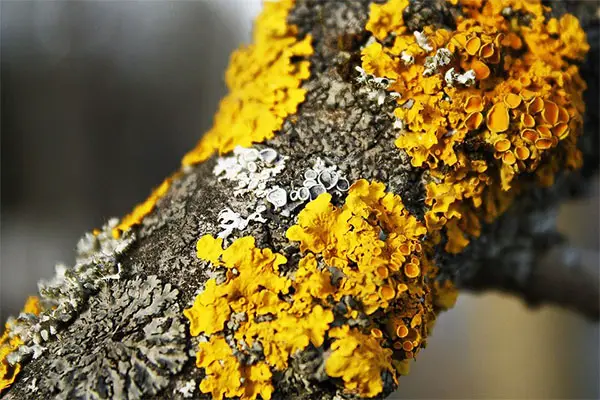
Once he or she visits the plant to obtain energy-rich nectar, the pollinator provides the service. Another good example is interaction between Moray eel and Cleaner shrimp. Cleaner shrimp clear the parasites and food junks inside the Moray eel’s mouth. So this is a perfect food source for the shrimp while Moray eel gets mouth cleaning service from shrimp.
There is an uncommon type of reciprocal symbiosis in the type of interactions between services. The symbiotic partners provide a facility, such as shelter or protection against predators, as their name suggests. For example, both partners enjoy protection from predators due to the close relationship of anemone fish to sea anemone.
The anemone pees, which have formed an extra thick mucus layer on their skin. So they are not washed away by nematocysts of anemones, are provided with shelters from predators and with a breeding spot. Thus actively removing other fish from their nutritious tentacles which may try to bite the ends. However, very few genuine service mutualisms are reported because there is typically a symbiosis resource component.
In the case of anemone-anemone fish mutualism, the anemone fish waste’ nutrients provide food for the symbiotic algae which lives within the tentacles of the anemone. It shows that symbiosis is extremely dynamic and demonstrates the delicate balance of ecosystems.
Commensalism
Commensalism is a symbiosis in which one of its species benefits from food, shelter or locomotion and sometimes depends entirely on the other, with no apparent impact on the host. An example of commensalism is the relationship between whales and barnacles. They bind to the hard skin of whales and profit from widespread movement and access to the currents they feed on, while the wale does not appear to be influenced by its presence.
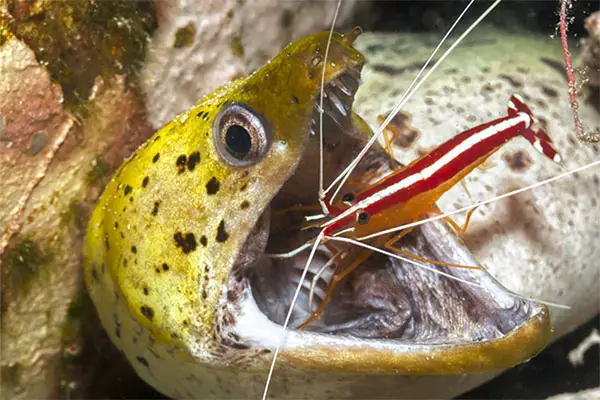
Amensalism
Amensalism is on the other side of commensalism. This happens when the involvement of the other entity that is not advantageous is hindered or affected. Amensalism may include rivalry, when another organism excludes from its food sources or shelters a larger, more efficient, or more environmentally adaptable organism; for example, a plant shades another at normal speed and height. Otherwise, antibiotics can usually be seen in nature if one organism hides chemical products as by-products which destroy, harm, but not benefit the other organism.
Parasitism
Parasitism is the non-mutual type of symbiosis, which occurs when at the cost of one organism it benefits the other. Contrary to predation, parasitism does not automatically lead to immediate death of the parasitized organism and it is also important to keep its host alive for the life cycle of the parasite. The parasitized host is often destroyed by a parasite invasion; in this case, a parasitist is called the invader.
Parasitism may include direct penetration of the host body. Which is leads the parasite to behavior, or the parasite to steal food or other resources from the host. The parasite symbiosis exists in many ways; for example, ectoparasites, which consume larger animals’ blood and can cause painful itching, are somewhat non-threatening. Ectoparasite may also be a carrier or vector that transmits to the host intercell like bacteria and viruses. Sometimes causes serious damage or death.

